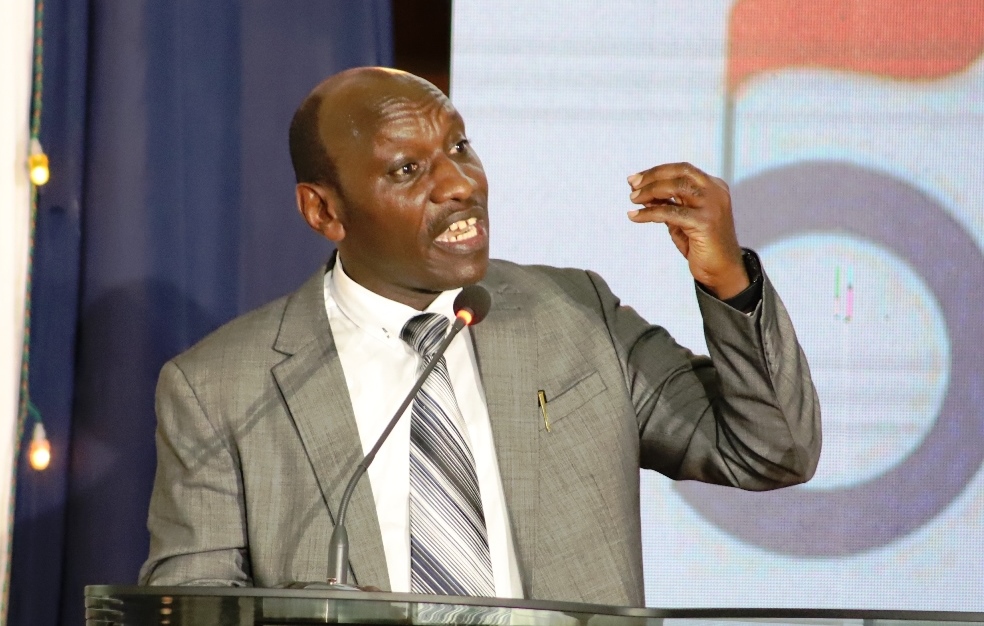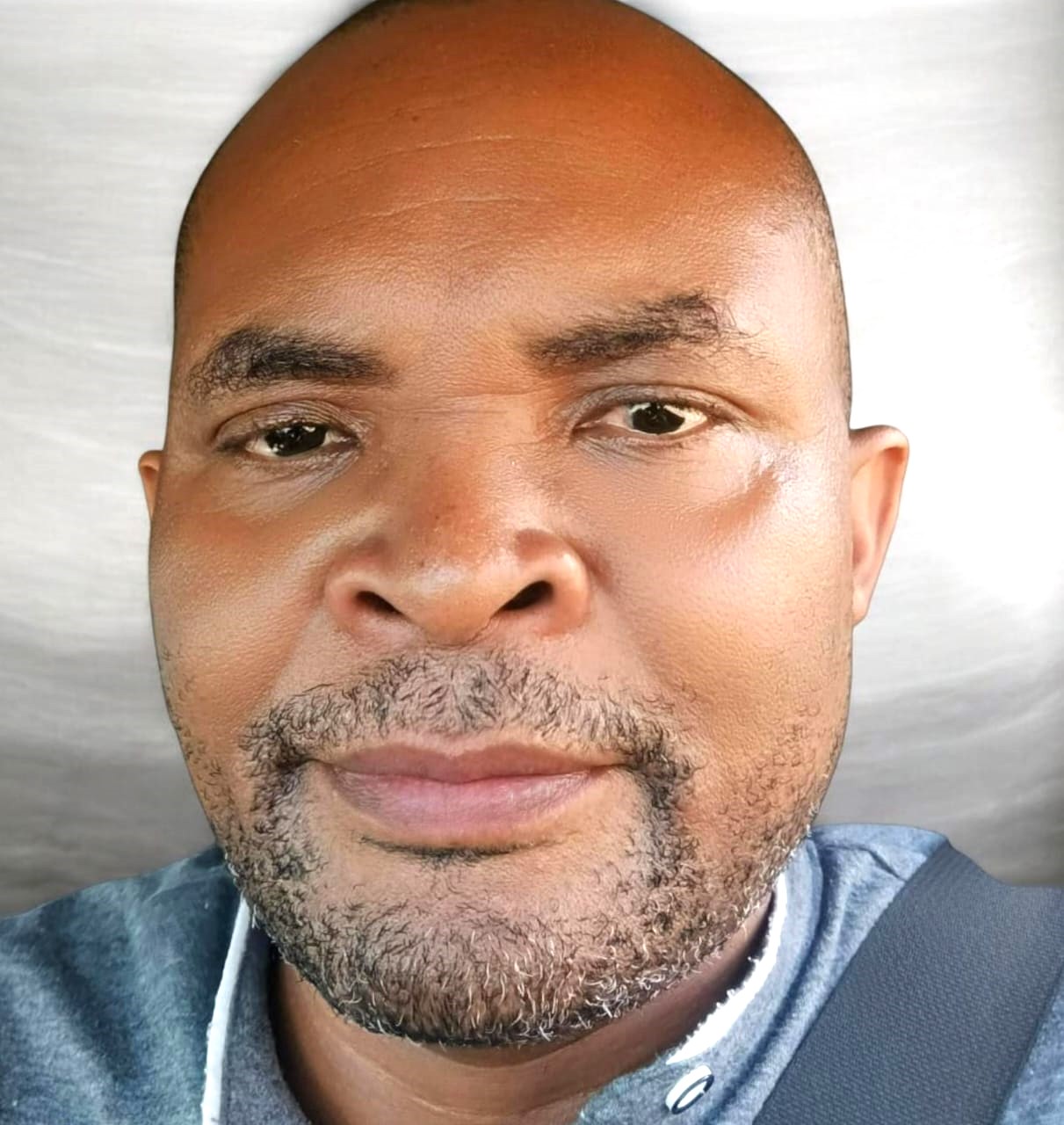Public primary schools are ready for Grade 8 in January 2023, teachers having seen off 8-4-4’s last class 8 to eagerly await the first group of the Competency-Based Curriculum (CBC).
This is what the Kenya Primary School Headteachers Association (KEPSHA) declared on the opening day of their annual conference, where they will be celebrating 20 years since its formation.
KEPSHA National Chairman Johnson Nzioka said CBC has made substantial progress as it gains acceptance across board.
“We are fully prepared for Grade 8 next year, as they will replace Standard 8 who recently completed their KCPE examination, paving the way for the full implementation of CBC at primary level,” said Nzioka.
The Annual General Meeting (AGM) at the Sheikh Zayed Children’s Welfare Hall heard that teachers are contented with the current educational framework.
“We are pleased that, at long last, the 8-4-4 system is no more, and the CBC has been fully integrated into our schools,” said Nzioka.
Nzioka called upon government to tackle infrastructural challenges experienced in Junior Secondary School (JSS) where a number of schools lack laboratory activities.
Director General in the Ministry of Education (MoE) Dr. Elyas Abdi, Kenya Institute of Curriculum Development (KICD) Director and Chief Executive Officer (CEO) Prof. Charles Ong’ondo, National Parents Association (NPA) chairman David Obuhatsa, and Kenya National Examination Council (KNEC) CEO Dr. David K. Njengere, are among the keynote speakers expected to address the conference which kicked off today, Tuesday, November 07, 2023.
The conference has brought together up to 15,000 public primary school head teachers across the county who are attending as delegates.
The theme for this year is ‘Rethinking Education Management within a Comprehensive School Framework: Inspiring Innovation for a Sustainable Impact in the Present and Future Decades’.
President William Ruto is expected to officially open the conference tomorrow (Wednesday) as chief guest where he will also preside over the launch of a new strategic plan.
Education Cabinet Secretary (CS) Ezekiel Machogu, Principal Secretary (PS) in the State Department for Basic Education Dr. Belio Kipsang, and Teachers Service Commission (TSC) Secretary and CEO Dr. Nancy Njeri Macharia are also expected to address the teachers tomorrow.
The conference will be a platform for a reflection on the growth of the association from localized beginnings to the current national image that it portrays.
The history of KEPSHA
The now Nairobi Milimani Secondary School, formerly Nairobi Teachers’ Centre, is iconic; it is here that a group of visionary head teachers from Nairobi, about 150 in number, met with a shared vision to uplift the quality of education in the country. The result was the formation of the Nairobi Primary School Headteachers Association (NAPSHA).
That was the seed that sprouted the movement that is now a national outfit, spreading its wings of influence gradually to reach all corners of the country.
Its growth was nurtured by the desires of a visionary group to provide quality education to the Kenyan child, and watered by the collective drive to create a fertile ground for knowledge to thrive.
This could only be possible if they stuck together in the resolve to form an all-encompassing movement that would pool both material and intellectual resources.
The parabolic mustard seed, once it had firmed its roots in the ground, became the behemoth that is now the Kenya Primary School Headteachers Association (KEPSHA).
The current KEPSHA National Chairman Johnson Nzioka, who is the head teacher of Donholm Primary School in Nairobi, notes that the association credits its formation to the need to link head teachers to the Ministry of Education (MoE) and the Teachers Service Commission (TSC).
“At first we called it NAPSHA (Nairobi Primary School Headteachers Association). Later it became inter-capital city and spread out in the whole nation and transformed from the Inter-Capital City to Kenya Primary School Headteachers Association (KEPSHA). That was in 2003,” said Nzioka in a recent interview.
“The rest is history; now we are celebrating 20 years of existence. It has grown from that small team which came together to moot the idea, to now a membership of over 19,000 countrywide,” he added.
Why it was formed
As narrated by Nicholas Gathemia, who is the immediate former national (fourth) chairman, the major challenge they faced was credibility as they were neither in the Kenya national Union of Teachers (KNUT), nor in education management under the ministry.
Nobody could fight for their common challenges as school heads, hence the need to unite to have one voice in the management of public primary schools.
“Before, we use to have welfare teams in cities. As they grew, it so happened that the only team that had an organization was Nairobi. The late Titus Kinyanjui Waithaka, who was then head teacher of Jamhuri Primary School, and others, talked to us and then brought our needs together,” he narrates.
Joseph Karuga, who was the second national chairman, recalls that the idea of KEPSHA was not easy since it appeared to some quarters as a parallel organization opposing KNUT.
“KNUT was our first headache, but because we were professionals, we stuck by it and later on the ministry started seeing how positive we were. Of course salaries are important and that was also one of the items. One of the contentious issues we raised was how as school managers we could be compensated for the long hours of work, even during protracted strikes,” said Karuga.
The introduction of Free Primary Education (FPE) programme by the late Mwai Kibaki played a huge role in uniting the teachers as they were at the centre of its implementation.
As Ibrahim Boya, who was KEPSHA’s second National Treasurer puts it, they realized that there was a gap to be filled since their objective was to ensure head teachers had the capacity to implement the FPE.
Furthermore, knowledge became paramount as they sought to get certification at Kenya Education Management Institute (KEMI). Their push brought them even more solidly together.
Then came the historic moment: In November 2005, the association was officially launched at Moi Sports Centre Kasarani in its first conference graced by the then Assistant Minister for Education Beth Mugo, representing her boss the late Prof George Saitoti.
It was a turning point as over18, 000 public primary school head teachers attended, with Titus Kinyanjui Waithaka being the first National Chairman.
“The nation noted that there is somebody called the head teacher. We used to ask if all the head teachers were one, what kind of a head teacher that would be?” posed Gathemia.
But then they were one in spirit, body and soul.
Compiled by Roy Hezron
Get more stories from our website: Education News
To write to us or offer feedback, you can reach us at: editor@educationnews.co.ke
You can also follow our social media pages on Twitter: Education News KE and Facebook: Education News Newspaper for timely updates.
>>> Click here to stay up-to-date with trending regional stories






